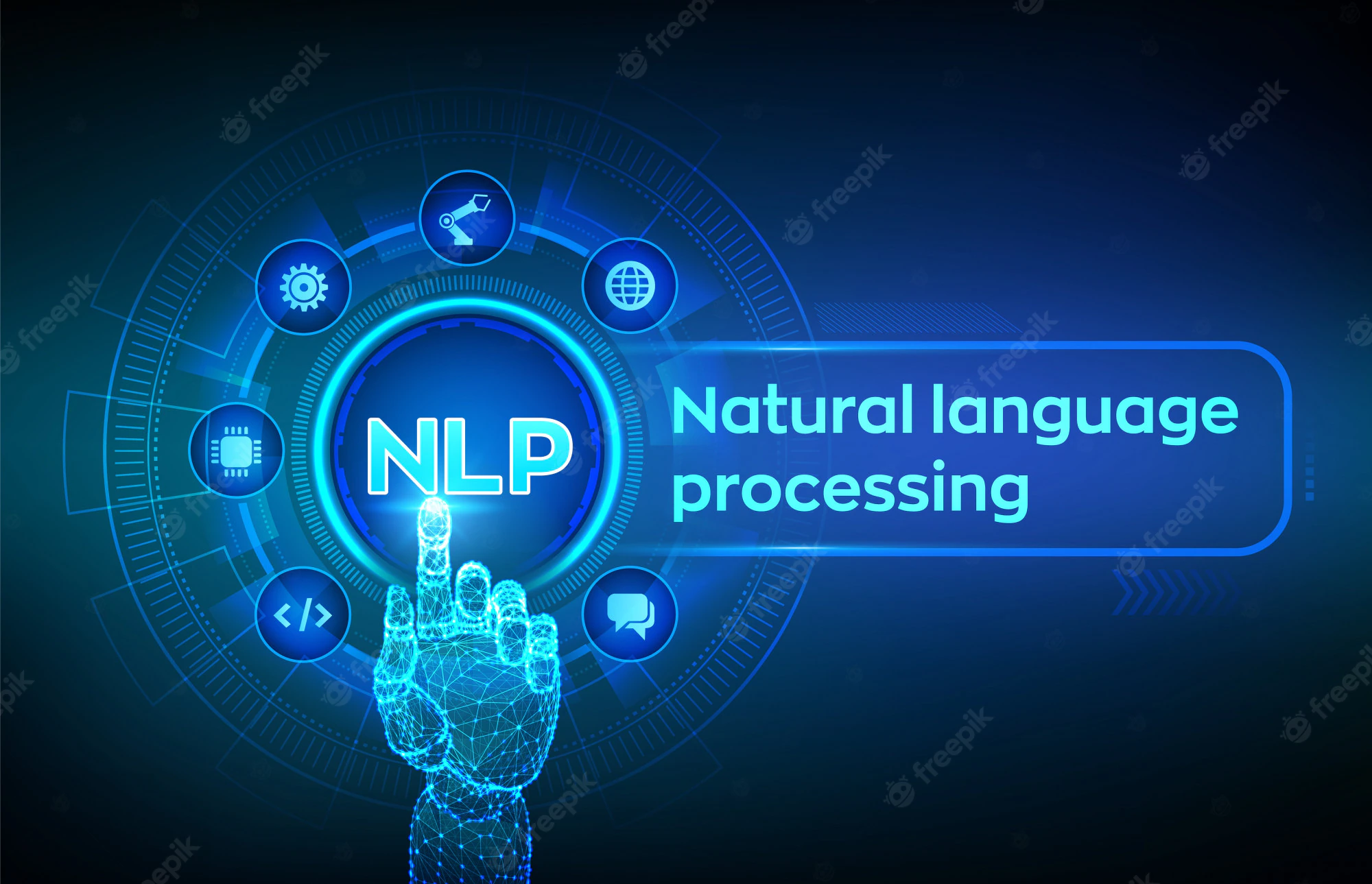Building machines that comprehend and react to text or voice data—and respond with their text or speech—much like humans do is the goal of natural language processing.
The study of linguistics is the origin of NLP, which has been around for more than 50 years. Medical research, search engines, and corporate intelligence are just a few of the real-world sectors where it has applicability.
This technology has turned out great assistance to software developers. It was developed to provide software that can produce and understand natural language so that users can communicate with computers in everyday language rather than through programming or artificial languages like Java or C. It means anyone who is not an expert in Java, could still communicate with computers.
Then how does it work? Well, Artificial intelligence (AI) and computer algorithms are used in natural language processing (NLP) to help computers understand and respond to human communication.
Let’s dive deep into this virtual world of language processing to get the maximum out of it.
What is Natural Processing Language?
The technology industry’s bigger goal is to employ artificial intelligence (AI) to streamline how the world function, and natural language processing (NLP) is a step toward that goal. NLP blends statistical, machine learning, and deep learning models with computational linguistics—. Such technologies work together to grant computers the capability to comprehend human language in the form of text or speech data and to “understand” its full meaning, including the speaker’s or writer’s purpose and sentiment. It refers to the rule-based modelling of human language.
NLP fuels computer algorithms that translate text across languages, conform to spoken commands and quickly summaries vast amounts of material—even in real-time. You’ve probably used natural language processing (NLP) in the form of voice-activated GPS systems, digital assistants, speech-to-text dictation software, customer service chatbots, and other consumer amenities. However, NLP is also taking on a bigger part in business solutions that assist reorganize workplaces, boosting worker output, and make complex but vital company procedures simpler.
How Does Natural Processing Work?
Computers have reading algorithms and microphones to collect audio, much as people have various sensors like ears to hear and eyes to see. Computers have a programme to process their various inputs, just as humans have a brain to do so. The input is eventually translated into computer-readable code during processing. And this all makes sense to the computer using Artificial intelligence aided NLP.
Data processing and algorithm development are the two basic stages of natural language processing. Data preprocessing entails getting text data ready and “cleaned” up so that computers may use it for analysis. Preprocessing transforms data into usable forms and draws attention to text elements that an algorithm can use.
There are several ways to process Data which include:
Tokenization:
Tokenization is a technique used in NLP to break down phrases and paragraphs into simpler language-assignable elements. The collection of data and its breakdown into comprehensible components are the first steps of the NLP process.
Lemmatization
You can alter Any type of word to its basic root mode using the text normalization approach known as lemmatization in Natural Language Processing (NLP). Lemmatization is in charge of combining many inflected forms of words into their root forms, which share the same meaning.
Part-of-speech-tagging
According to the word’s definition and context, tagging in natural language processing (NLP) refers to classifying words in a text (corpus) following a particular component of speech.
Stop word removal
This technique simply removes the commonly repeating words that occur in the corpus.
Statistical NPL and Machine Learning
Initially, NLP applications were hand-coded, rules-based systems that were capable of performing specific NLP tasks. But they were unable to easily scale to handle a never-ending stream of exceptions or the rising amounts of text and speech data.
This is where statistical NLP comes in. It uses a combination of computer algorithms, machine learning, and deep learning models to automatically extract, categories, and label parts of text and voice input before estimating the statistical likelihood of each potential interpretation. Today’s deep learning models and learning methods based on convolutional neural networks (CNNs) and recurrent neural networks (RNNs) allow NLP systems to “learn” as they go along and extract ever-more-accurate meaning from massive amounts of unlabeled, unstructured text and voice data.
Python and NLKT
For tackling particular NLP tasks, the Python programming language offers a large variety of tools and modules. You can get large number of them in the Natural Language Toolkit, or NLTK, which is an open source collection of libraries, software, and learning materials for creating NLP systems.
The NLTK has libraries for many of the aforementioned NLP tasks. It offers libraries for subtasks including sentence word segmentation, stemming and lemmatization and tokenization and parsing. Libraries for implementing features like semantic reasoning, the capacity to draw logical conclusions based on data taken from text, are also part of it.
How is NLP Helpful For Business Growth?
Business uses for natural language processing are numerous.
Brand sentiment research is only one of the many business applications for NLP. Many companies monitor social media sentiment and conduct social media sentiment analysis. Brands employ social media sentiment analysis to monitor online discussions. This aims to learn what consumers are saying and gain insight into user behavior
The use of NLP is not just confined to social media. Instead, there are numerous further business applications for NLP, from user experience enhancements to customer service tools. Finance is one area where NLP offers a particularly significant promise. Because many companies are already utilizing it to automate human operations and produce more profit.
Other useful applications of NLP include keeping an eye out for hostile cyberattacks like phishing and recognizing deception. NLP also offers web developers in any industry the ready-to-use tools. These tools help to build sophisticated applications and prototypes, which is incredibly beneficial.
Benefits of Using NLP
- The fundamental advantage of NLP is that it enhances communication between people and machines. Human-computer interaction becomes much more natural once computers are able to grasp human language.
- NLP increases efficiency and accuracy of documents and collected information
- It gives access to advanced analytics insights that were previously out of reach due to data volume.
- You can generate a legible summary of a longer, more complex original material automatically

